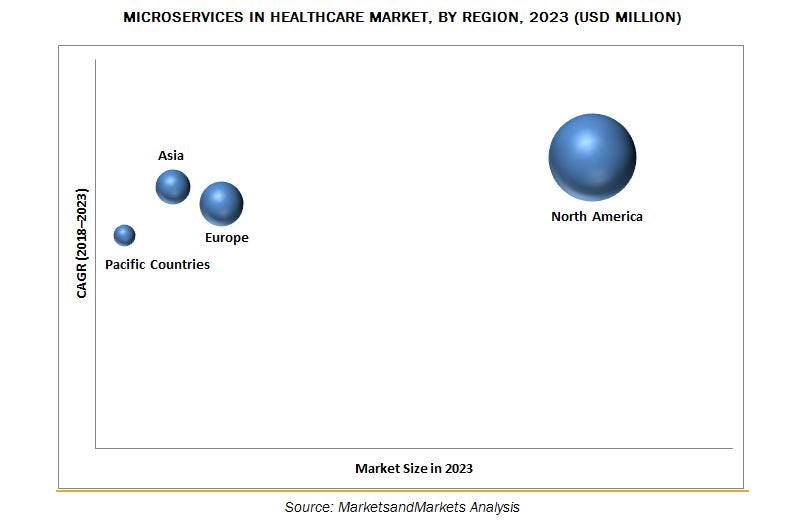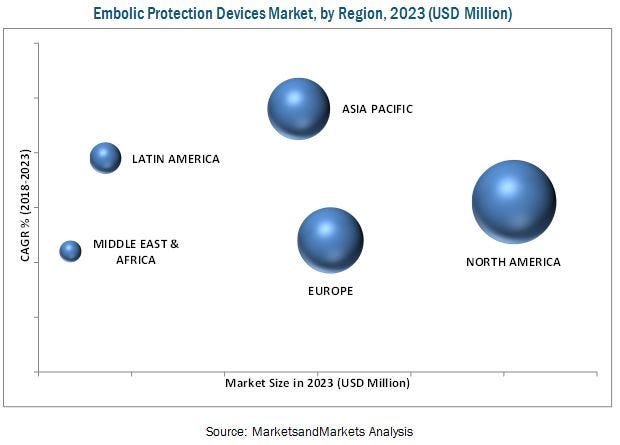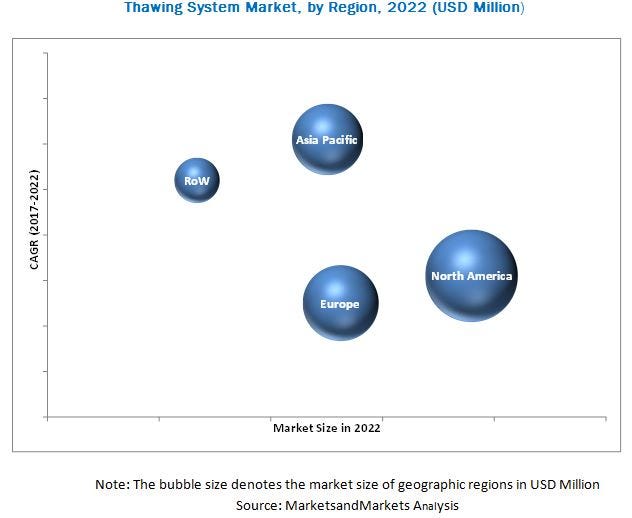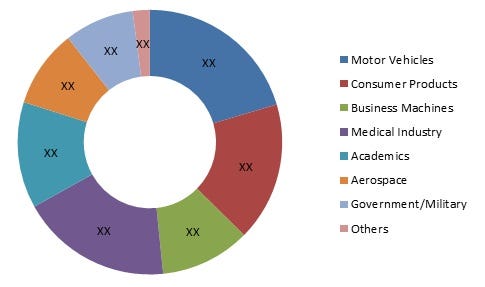The research report provides a detailed overview of the major drivers, restraints, challenges, opportunities, current market trends, and strategies impacting the ANA testing market, along with revenue estimates & forecasts and market share analysis.
Don’t miss out on business opportunities in Antinuclear Antibody Test Market
The Global Antinuclear Antibody Test Market is expected to reach USD 1,476.1 Million, at a CAGR of 12.4%
The increasing prevalence of autoimmune diseases and increasing healthcare expenditure worldwide are the major factors driving the growth of this market.
This report segments this ANA testing market based on products, diseases, techniques, end users, and regions. In the product's market, the assay kits & reagents segment is expected to account for the largest share. This segment is also expected to grow at the highest CAGR during the forecast period due to the growth in the number of reagent rental agreements and the increasing prevalence of autoimmune diseases worldwide.
Browse and in-depth TOC on “Antinuclear Antibody Test Market”
73 — Tables
102 — Figures
166 — Pages
Based on techniques, the Antinuclear Antibody Test Market is segmented into three broad segment, namely, enzyme-linked immunosorbent assay (ELISA), immunofluorescence assay (IFA), and multiplex assay. The ELISA segment is expected to account for the largest share of this market owing to expanding applications of ANA in autoimmune disease testing and therapeutic drug level monitoring.
The Antinuclear Antibody Test Market’s end-user segments in this market include clinical laboratories, hospitals, POLs, and other end users. The hospitals segment is expected to account for the largest share in 2016, primarily due to the rising healthcare spending which has resulted in a growth in use of ANA testing products in hospitals. Based on region, the global Antinuclear Antibody Test Market is segmented into North America, Europe, Asia, and the Rest of the World (RoW). North America is expected to account for the largest share of the market during the forecast period. Growth in this regional segment is driven by factors such as rising geriatric population and increasing prevalence of autoimmune diseases.
Request for Free Sample Report @
Key players in the Antinuclear Antibody Test Market include Alere Inc. (U.S.), Bio-Rad Laboratories, Inc. (U.S.), ERBA Diagnostics, Inc. (U.S.), Trinity Biotech plc (Ireland), Thermo Fisher Scientific, Inc. (U.S.), Antibodies, Inc. (U.S.), EUROIMMUN AG (Germany), Immuno Concepts (U.S.), Inova Diagnostics (U.S.), and Zeus Scientific, Inc. (U.S.).






